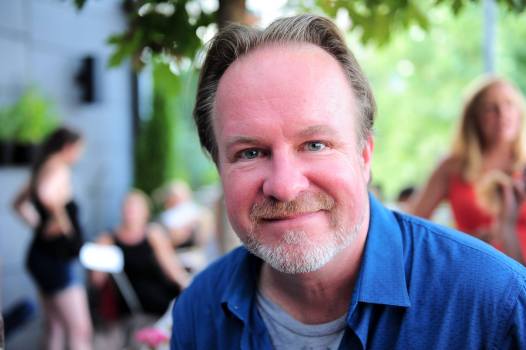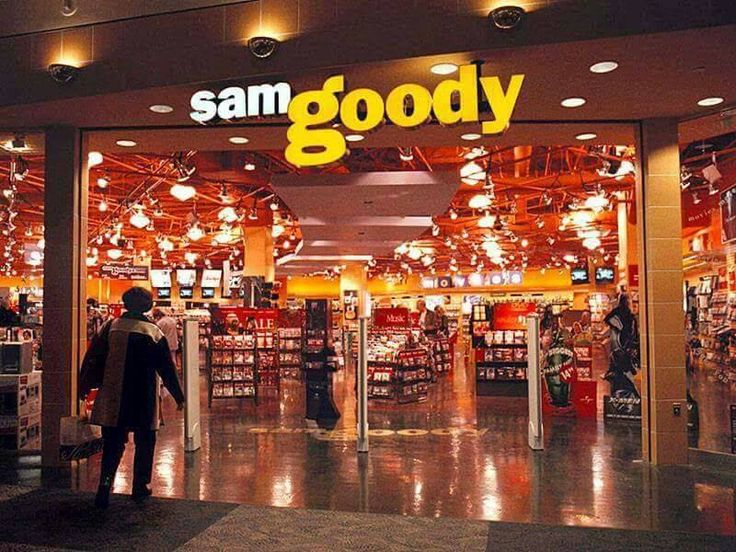In the heart of 1970s Philadelphia, amidst the bustling streets and vibrant culture, one music store stood as a beacon for music enthusiasts — Sam Goody’s at the Roosevelt Mall. Join me as I journey back in time to explore the magic that made Sam Goody’s an iconic haven for music lovers during this groovy era.
The Awe of Aisles
Walking through the doors of Sam Goody’s was like stepping into a realm of endless possibilities. Aisles neatly stacked with vinyl records, cassette tapes, and the latest eight-track wonders offered a feast for the senses. The air buzzed with the excitement of discovering new music.
Vinyl Wonderland
Vinyl enthusiasts, in particular, found solace in Sam Goody’s extensive vinyl collection. From chart-topping hits to underground gems, the store curated a selection that catered to the diverse tastes of its clientele. Each record sleeve held the promise of a sonic journey waiting to be explored.
Cassette Tapes and Eight-Track Delights
For those embracing the portable music revolution, Sam Goody’s had an impressive array of cassette tapes and eight-track cartridges. Customers could browse through the latest releases or revisit timeless classics, ensuring that everyone could carry their favorite tunes wherever they went.
Knowledgeable Staff
Sam Goody’s wasn’t just a store; it was a haven where music aficionados could engage in conversations with the knowledgeable staff. The employees, passionate about music, played a pivotal role in guiding customers to hidden gems and introducing them to emerging artists.
Album Release Excitement
One of the most thrilling experiences at Sam Goody’s was the anticipation surrounding album releases. Whether it was the latest rock sensation or a soulful jazz ensemble, fans gathered in excitement to snag a copy hot off the shelves, making each release day a memorable event.
Musical Memorabilia
Beyond the music itself, Sam Goody’s adorned its walls with posters, band memorabilia, and the latest music gadgets. The store became a cultural hub where music enthusiasts could immerse themselves not only in sound but also in the visual and tactile elements of their favorite artists.
Farewell to an Era
As we reminisce about Sam Goody’s in ’70s Philadelphia, we acknowledge that it wasn’t just a store; it was a cultural phenomenon that shaped the musical landscape of its time. The magic of flipping through vinyl records, the thrill of discovering a hidden gem, and the camaraderie among music lovers created an atmosphere that remains etched in the collective memory of those who experienced it.
Sam Goody’s was more than a record store; it was a cultural cornerstone that fueled the musical passions of an entire generation. As we celebrate the bygone era of vinyl dreams and musical discoveries, let’s raise a toast to the enduring magic of Sam Goody’s in ’70s Philadelphia.
.
If you’d like more stories like this, check out this book.
.
.
.
Thank you for reading my blog. Please read, like, comment, and most of all follow Phicklephilly.
You can check out my books here: https://www.amazon.com/s?k=charles+wiedenmann&ref=nb_sb_noss_1



